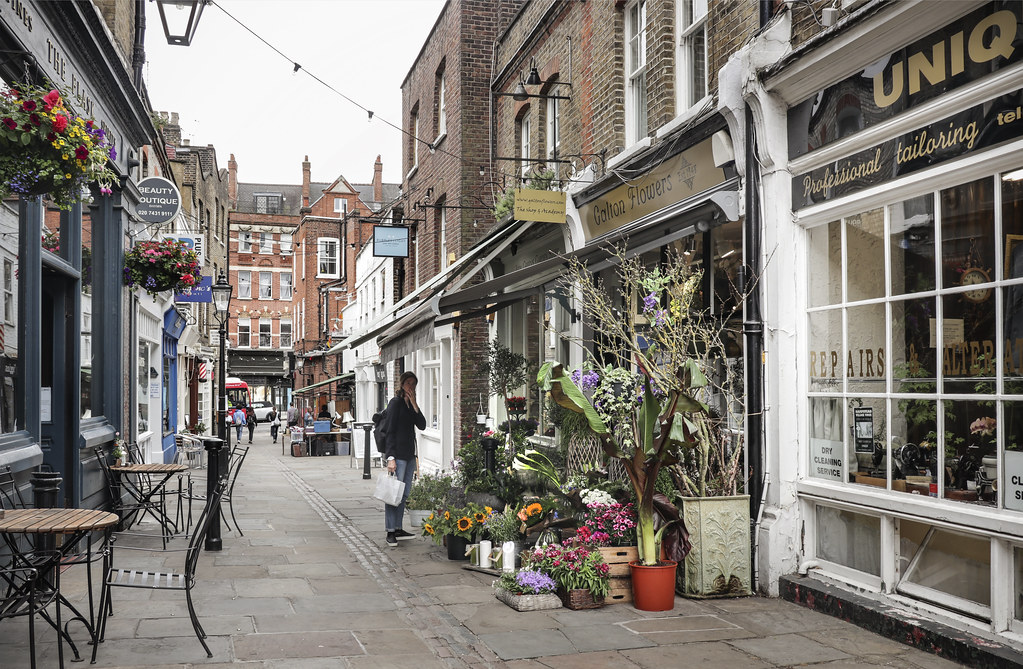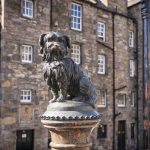A two-stop tour of north London. Firstly, pretty Hampstead, where Virginia Woolf thought ‘it is always spring’: lanes and cottages, cafes, antique shops and museums, including the house where John Keats spent his last 2 years in England. And, we won’t forget its spy connections. Then, off to nearby Highgate Cemetery in search of gothic vibes and some famous tombs.
hampstead: a place apart
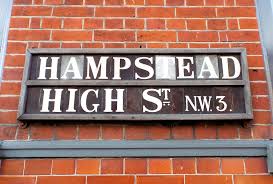
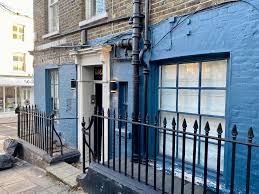
Hampstead feels immediately different from anywhere else in London, with its steep lanes and country atmosphere, not least because of the wonderful views over Hampstead Heath. Robert Louis Stevenson called it ‘the most delightful place for air and scenery in London’ and John Constable and his wife loved the ‘little house’ where they lived because ‘the drawing room commands a view unsurpassed in Europe – from Gravesend to Westminster Abbey’. It’s always been popular with celebrities, past – think Constable, George Orwell and D H Lawrence – and present: actors, musicians and suchlike are among today’s residents.
a little history
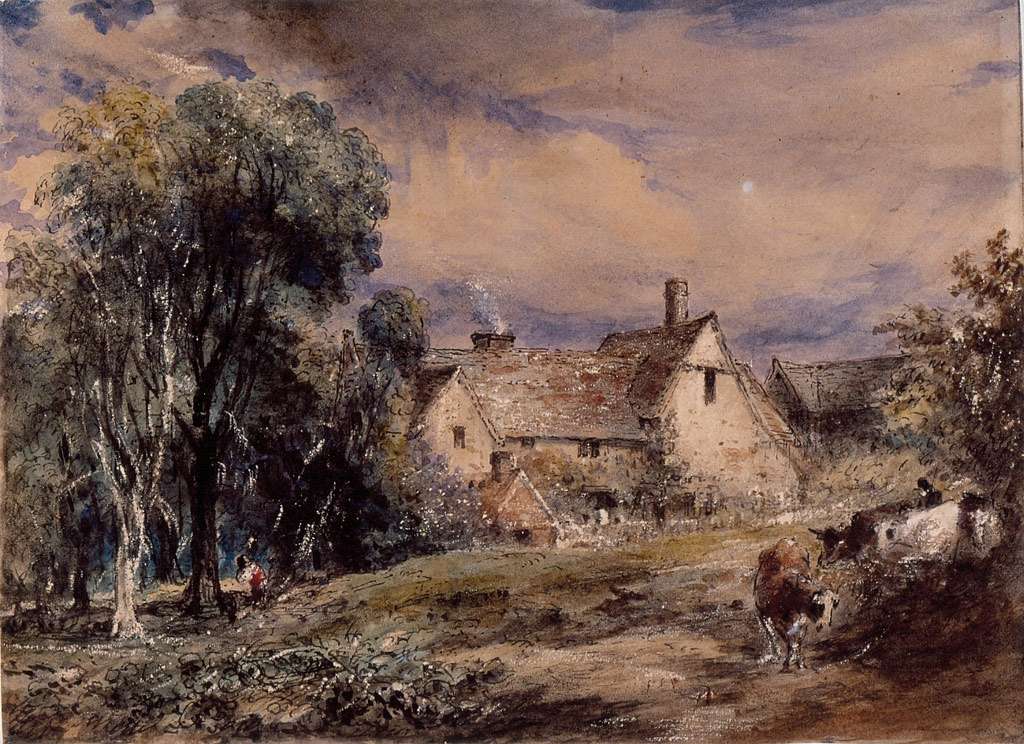
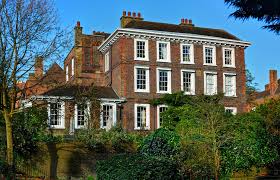
This 13th century hamlet gradually grew into an escape from the city for Londoners. It attracted a lot of through traffic – some 80 stagecoaches a day in the 1780s, making it a target for highwaymen. By the Georgian era, its reputation as a healthy spa attracted many visitors and lots of inns, shops and lodging houses were built. Burgh House – now a museum – is one example and you can see a whole set of well-preserved 18th century houses on Church Row. London grew massively in the 19th century, but Hampstead, where the steep roads made building more difficult, remained small, and therefore became rather exclusive. It also escaped most of the WW2 bombing which did such damage in central London.
a Wander in hampstead

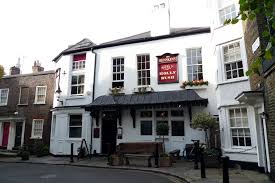
There’s a lot to be said for a general wander. First, look out for the clock tower, just by the tube station. In and around the High Street are listed buildings, chic cafés, delis and plenty of pubs. In 1841, when the population was 700, there were 21 pubs, because the many visitors meant all could do good business. Seek out pretty Holly Bush Hill, mentioned in all the guidebooks, and Romney House, former studio of the painter George Romney. Find Admiral’s Walk, where the naval lieutenant who inspired a character in Mary Poppins built a house that looks like a ship and regularly fired a canon from its roof to celebrate royal birthdays and the anniversary of naval victories.
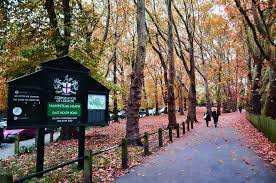
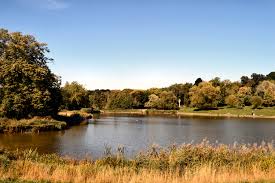
Going up to gaze over Hampstead Heath is a must. Its 800 or so acres are great for a walk, or maybe you just want to look at the view, which takes in central London and, on a clear day, goes all the way to the Kent coast. Look out for Whitestone Pond, right at the top of the hill, which carriages would drive through, to refresh the horses and dampen the wheels – swollen in the heat after their long climb – thus preparing them for the equally arduous descent.
places to visit in hampstead
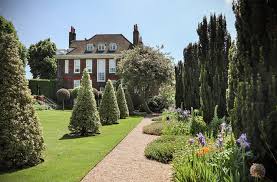
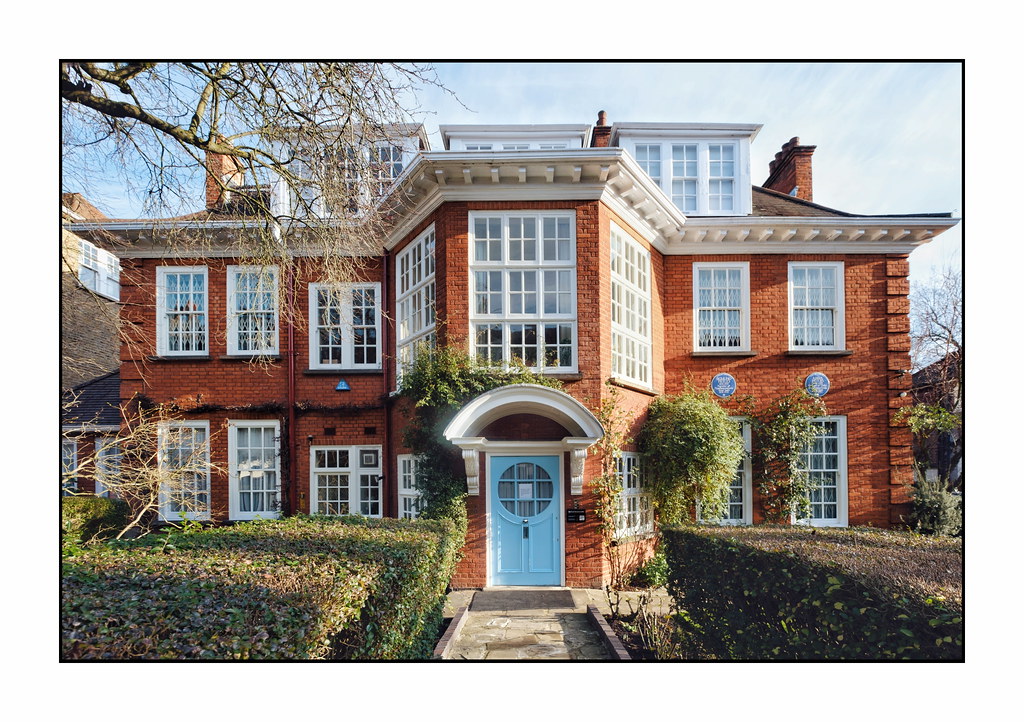
Burgh House, itself a beautiful, listed Queen Anne building, is a museum of local history and art gallery combined. The 300-year-old National Trust property, Fenton House, is a former merchant’s house from the 17th century with a beautiful walled garden and a collection of early musical instruments. St John’s Church, originally built in the 14th century, has a romantic old cemetery where John Constable is buried. And here too is the Freud Museum, in the building where the psychoanalyst lived in exile after he left Vienna, and where he died in 1939. The house is much as it was during his residence and you can see his famous couch in the study.
Keats’ House

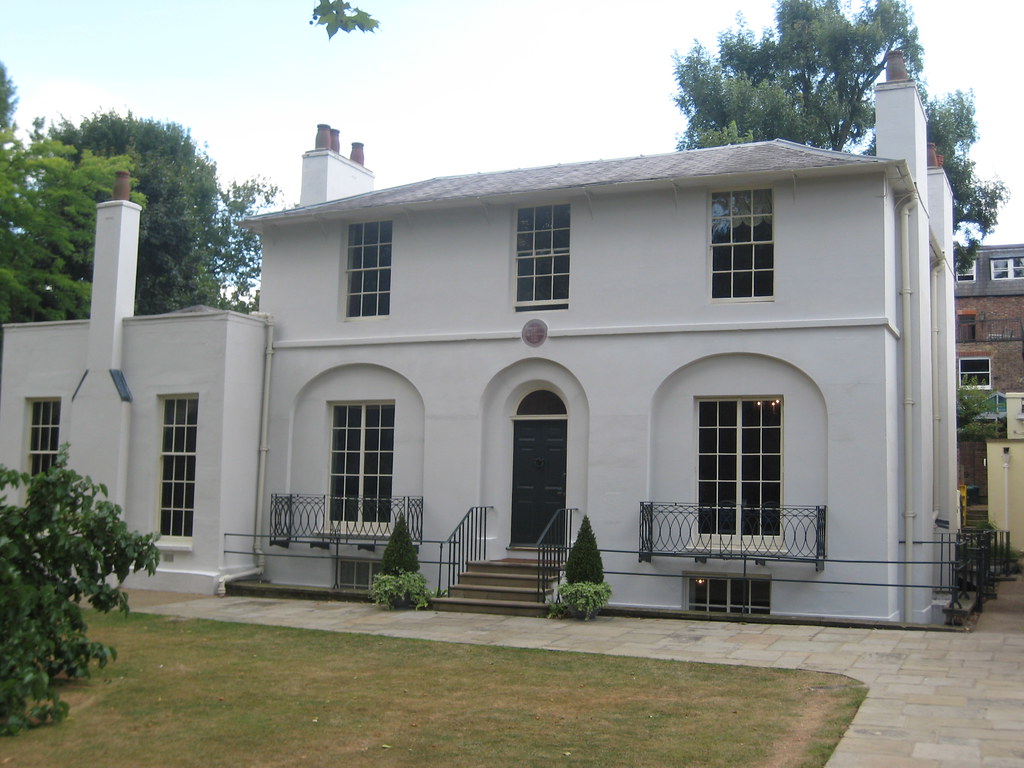
Keats’ House is also much as it was when the poet lived here between 1818 and 1820. Virginia Woolf was very taken with the special atmosphere here, writing that ‘two chairs turned together are close to the window as if someone had sat there reading and had just got up and left the room’. You can see some of his books and papers, plus the letters he wrote to Fanny Brawne who lived next door. Keats wrote some of his best-known poems here – his Odes to a Grecian Urn and to a Nightingale, for example – and this was his last home in England before he set off to Italy, in the hope of recovering from tuberculosis. Sadly, he died out there.
Hampstead: the spy connection

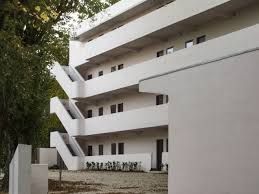
Seek out the Isokon Building on Lawn Road, Hampstead. The blue plaque tells you that ‘pioneers of Modern Design at the Bauhaus lived here’, but more intriguingly, so did a number of top spies: Dr Deutsch, who recruited all five Cambridge spies and also Kim Philby, Guy Burgess and Donald Maclean themselves. Agatha Christie also opted in to this most modern (for the 1930s!) style of living – stripped back interiors, minimal furniture, communal catering – and (gasp!) she wrote her only spy novel here: the Tommy and Tuppence mystery, N or M? Find out more by reading one of the books listed below, or by going on the London Walks ‘Spies of Hampstead’ guided walking tour.
highgate cemetery
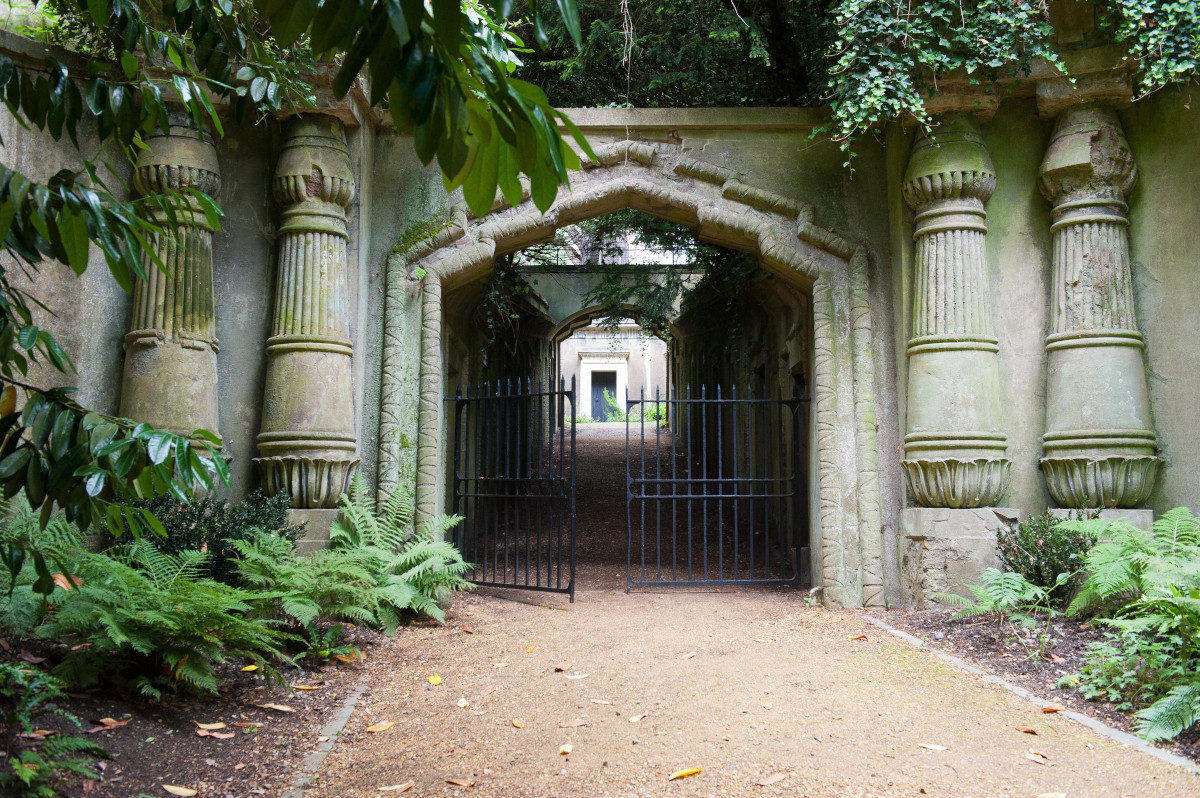
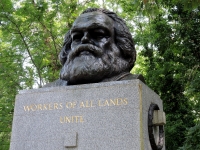
The Victorian Highgate Cemetery has a gothic feel – mossy tombs, carved stone angels – and is sometimes known as the ‘tomb with a view’. It was opened in 1839 and the two chapels at the entrance – one built for Anglicans, one for Dissenters – give the flavour. To get into the original, western half you walk up the imposing Egyptian Avenue, past 8 vaults on either side, each containing up to 12 coffins. The eastern half was built a little later, in the 1850s and is quieter, a little less overgrown and less dramatic in feel. For the western half, you need to join a guided tour, but you can look round the eastern half yourself, although there is still an entry fee to pay.
The very first grave was that of Elizabeth Jackson, who died aged 36, died of consumption, probably because of poor housing conditions. Her husband died a few years later in a cholera outbreak, another reminder of the harsh living conditions in the early Victorian period. By far the most visited grave is that of Karl Marx, buried in a sparsely attended ceremony in 1839. In the 1950s funds were raised by the Communist Party to pay for a much more impressive headstone, topped by a bust of his head and inscribed with words from the Communist manifesto: ‘Workers of all lands, unite.’
Listen to the POdcast
Reading suggestions
Hampstead and HIghgate Through Time by Robert Bard
Hampstead and HIghgate in 50 Buildings by Lucy McMurdo
Guy Burgess: The Spy Who Knew Everyone (audiobook)
The Lawn Road Flats: Spies, Writers and Artists by David Burke
N or M? by Agatha Christie
links for this post
Burgh House
Fenton House
Freud Museum
Keats’ House
Spies of Hampstead Walking Tour
Highgate Cemetery Visitor Information
Previous episode The East End and the Docks
Next episode The Royal Borough of Greenwich
Last Updated on May 23, 2024 by Marian Jones

